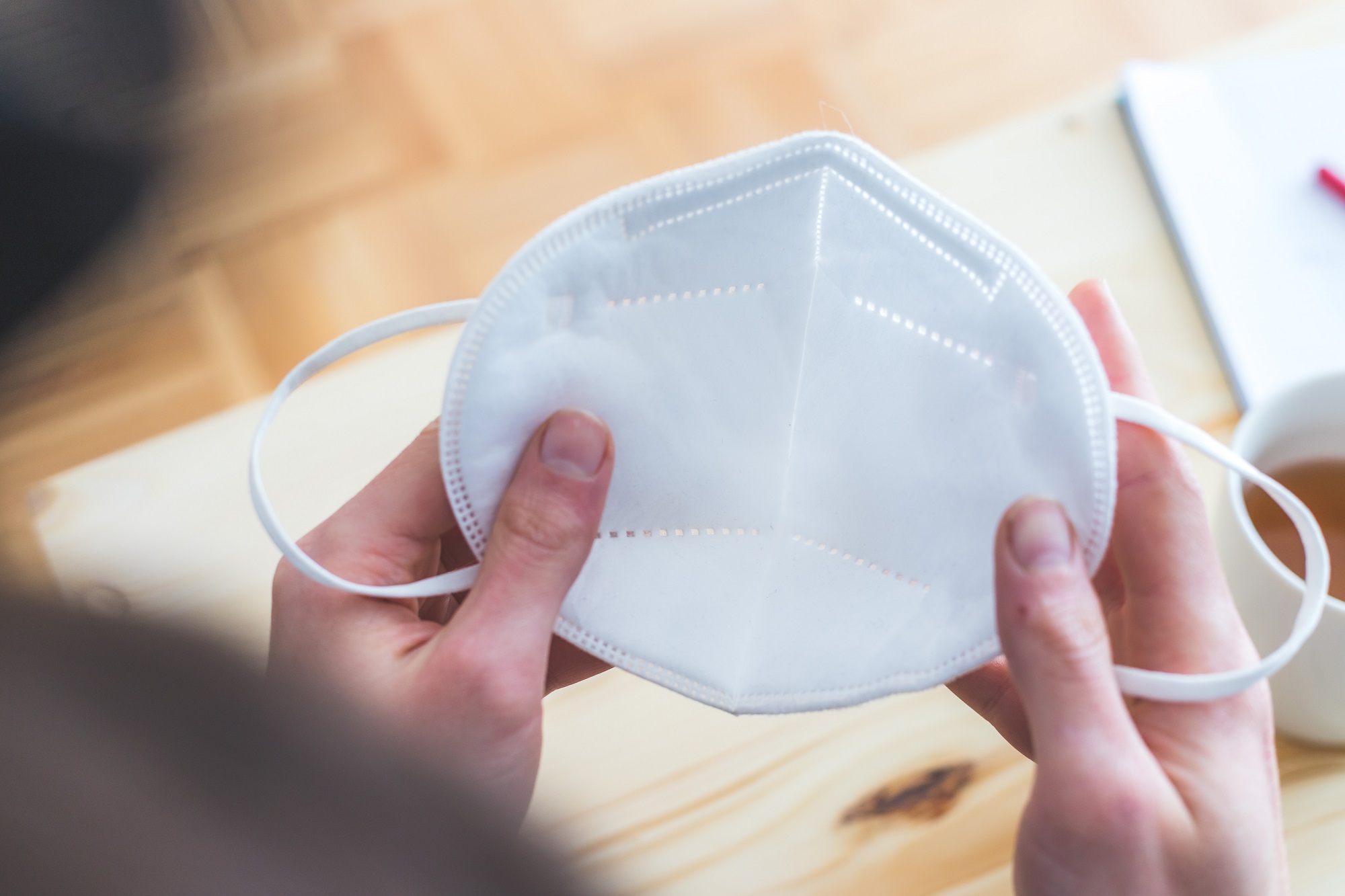Introduction:
In recent times, the global focus on respiratory protection has intensified, leading to an increased demand for high-quality face masks. Two popular types that have gained significant attention are the N95 and FFP2 masks. As we navigate through the challenges posed by airborne particles and infectious agents, understanding the distinctions between these two respirators becomes crucial. In this comprehensive article, we will delve into the intricacies of N95 and FFP2 masks, exploring their specifications, functions, and recent developments in the realm of respiratory protection.
Understanding N95 Masks:
N95 masks, regulated by the National Institute for Occupational Safety and Health (NIOSH), have become synonymous with high-performance respiratory protection. The “N” stands for “Not resistant to oil,” indicating that these masks are effective against non-oil-based particles. N95 masks are designed to filter out at least 95% of airborne particles, including bacteria and viruses, with a particle size of 0.3 microns or larger.
Key features of N95 masks include:
- Tight Seal: N95 masks are crafted to provide a snug and secure fit, forming a protective barrier against contaminants entering the respiratory system.
- Filtration Efficiency: With their high filtration efficiency, N95 masks are highly effective in trapping airborne particles, offering robust protection in various environments.
- Fit Testing: Proper fit is crucial for the effectiveness of N95 masks. Fit testing ensures that the mask creates a reliable seal on the wearer’s face, minimizing the risk of leakage.
Understanding FFP2 Masks:
FFP2 masks, on the other hand, adhere to the European standard EN 149:2001+A1:2009. These masks are designed to provide respiratory protection against moderate levels of fine dust and oil or water-based aerosols. The “FFP” in FFP2 stands for “Filtering Face Piece,” and the “2” indicates the filtration efficiency, filtering at least 94% of airborne particles.
Key features of FFP2 masks include:
- Filtration Efficiency: FFP2 masks offer a minimum filtration efficiency of 94%, making them suitable for protection against moderate levels of airborne particles.
- Valved and Non-Valved Options: FFP2 masks are available in valved and non-valved configurations. Valved masks facilitate easier breathing but may not be suitable in situations where the wearer needs to protect others from their respiratory emissions.
- European Conformity (CE) Marking: FFP2 masks should bear the CE marking, indicating compliance with European safety standards.
Recent Developments and News:
The COVID-19 pandemic has underscored the importance of respiratory protection, leading to advancements and discussions surrounding N95 and FFP2 masks. Recent news highlights several key aspects:
- Global Shortages: The surge in demand for N95 and FFP2 masks during the pandemic has led to global shortages. This has prompted efforts to ramp up production and explore alternative materials and manufacturing processes.
- Innovations in Filtration Technology: Researchers and manufacturers are continually exploring innovations in filtration technology to enhance the performance of respiratory protective equipment. Nanofiber technology and other advanced materials are being investigated for their potential to improve filtration efficiency.
- Guidelines for Extended Use and Reuse: Due to the scarcity of masks, health authorities have provided guidelines for the extended use and reuse of N95 and FFP2 masks. Proper disinfection methods and storage recommendations are crucial to maintaining mask integrity.
Conclusion:
In conclusion, while both N95 and FFP2 masks serve the common goal of respiratory protection, they differ in their specifications and regulatory standards. N95 masks, regulated by NIOSH, are prevalent in the United States, while FFP2 masks, adhering to European standards, are widely used in Europe. As we navigate through the challenges posed by infectious agents and airborne particles, staying informed about the nuances between these masks is paramount for making informed decisions about personal protective equipment. As the world continues to adapt to evolving circumstances, ongoing research and innovations in respiratory protection will play a pivotal role in ensuring the safety and well-being of individuals worldwide.

